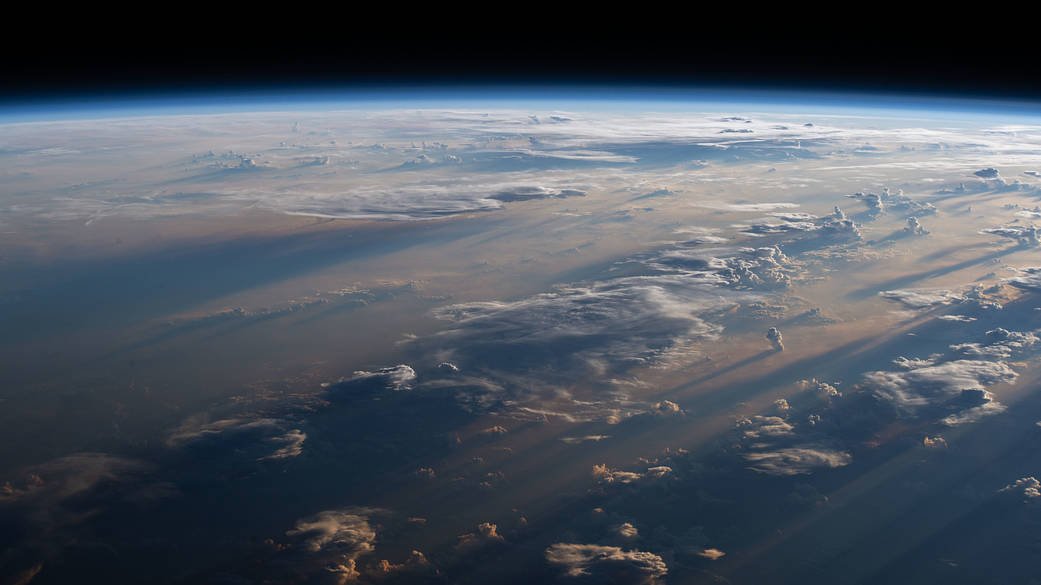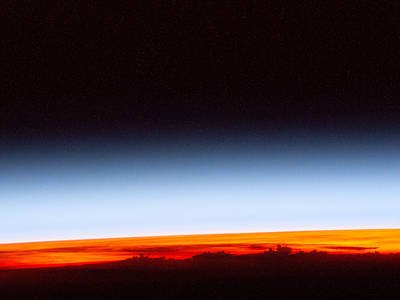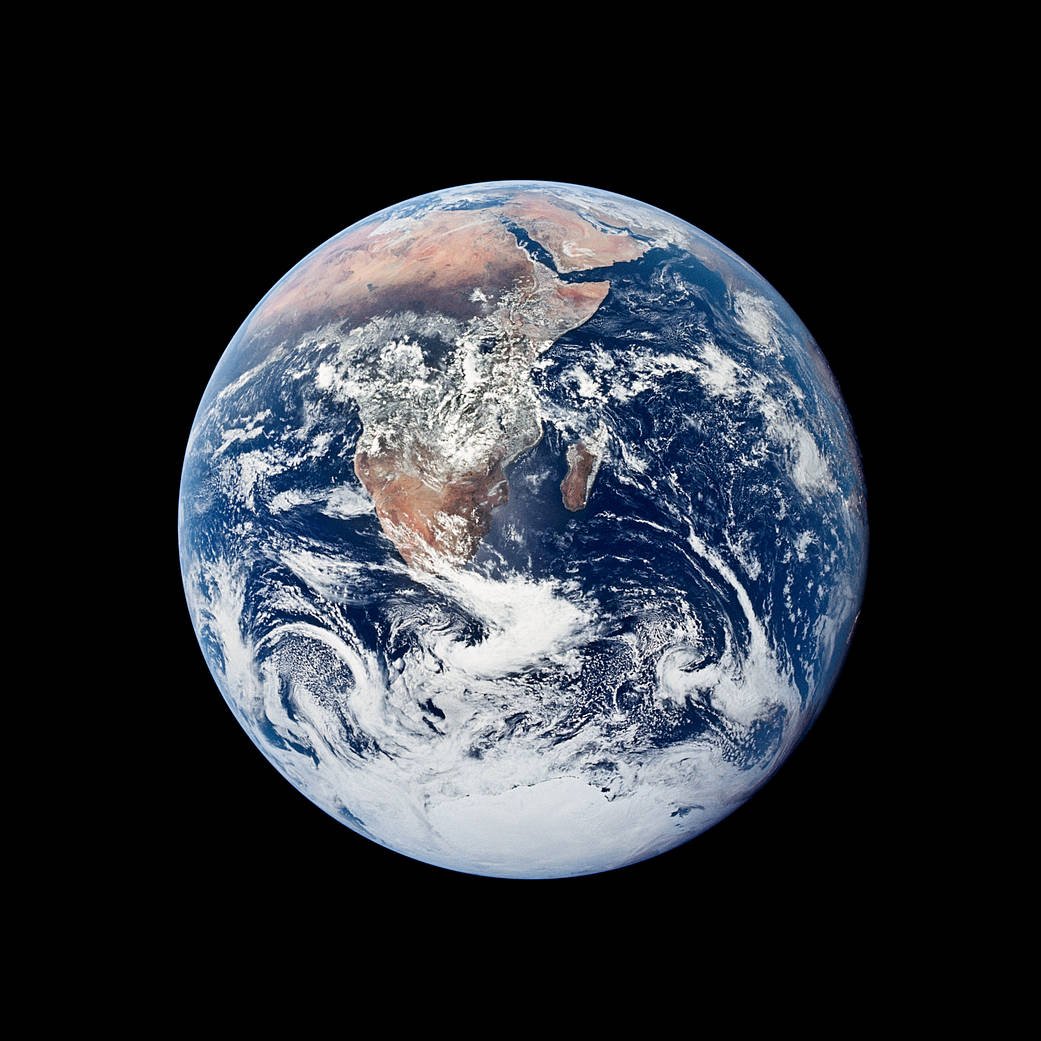Distance from you to space
By Kevin Reed
When you’re outside at night and you look up, if it’s not cloudy, and you’re not in a super-bright city, you can see stars and sometimes planets right over your head. The atmosphere is mostly invisible. Space is pitch black, illuminated by suns near and far. It’s just space - right there, like you “could reach up and pluck a star from the sky” as some people might say before bursting into song.
Daytime, you see clouds, blue sky, sun, whatever else and it seems really huge and vast and you don’t really think about space at all unless maybe the moon is bright that day. But space is still the same distance from us regardless of our perception of that distance.
The distance from sea level to space is a mere 62 miles, a distance we drive on a freeway in about an hour. You could walk that distance in 20-30 hours if you stayed hydrated, had a good pair of shoes, and had a positive outlook.
This is such an amazingly thin distance. NASA has a classroom activity where students stack up coins from a map to the level where space begins as a visualization tool.
You can try this yourself, it’s a pretty good exercise, I learned a lot by doing it. The hardest parts are finding a paper map and stacking the coins up. You take your map, figure out how many inches/centimeters each mile is worth per the distance scale bar on the map, and then you divide that into 62 miles to get how high you stack the coins. I randomly picked a map of Kentucky where 1 inch = 20 miles, so I stacked coins 3.1 inches to equal 62 miles to space.
And, space ain’t that far away from your head:




Here’s what just a hair over 62 miles (124 km) looks like when you’re hovering above Lexington KY:


Below you, a ball of rock covered by a thin layer of soil or water. Above you, a thin layer of air. Beyond that, the icy cold vacuum of space. Good times.








All Earth images NASA

